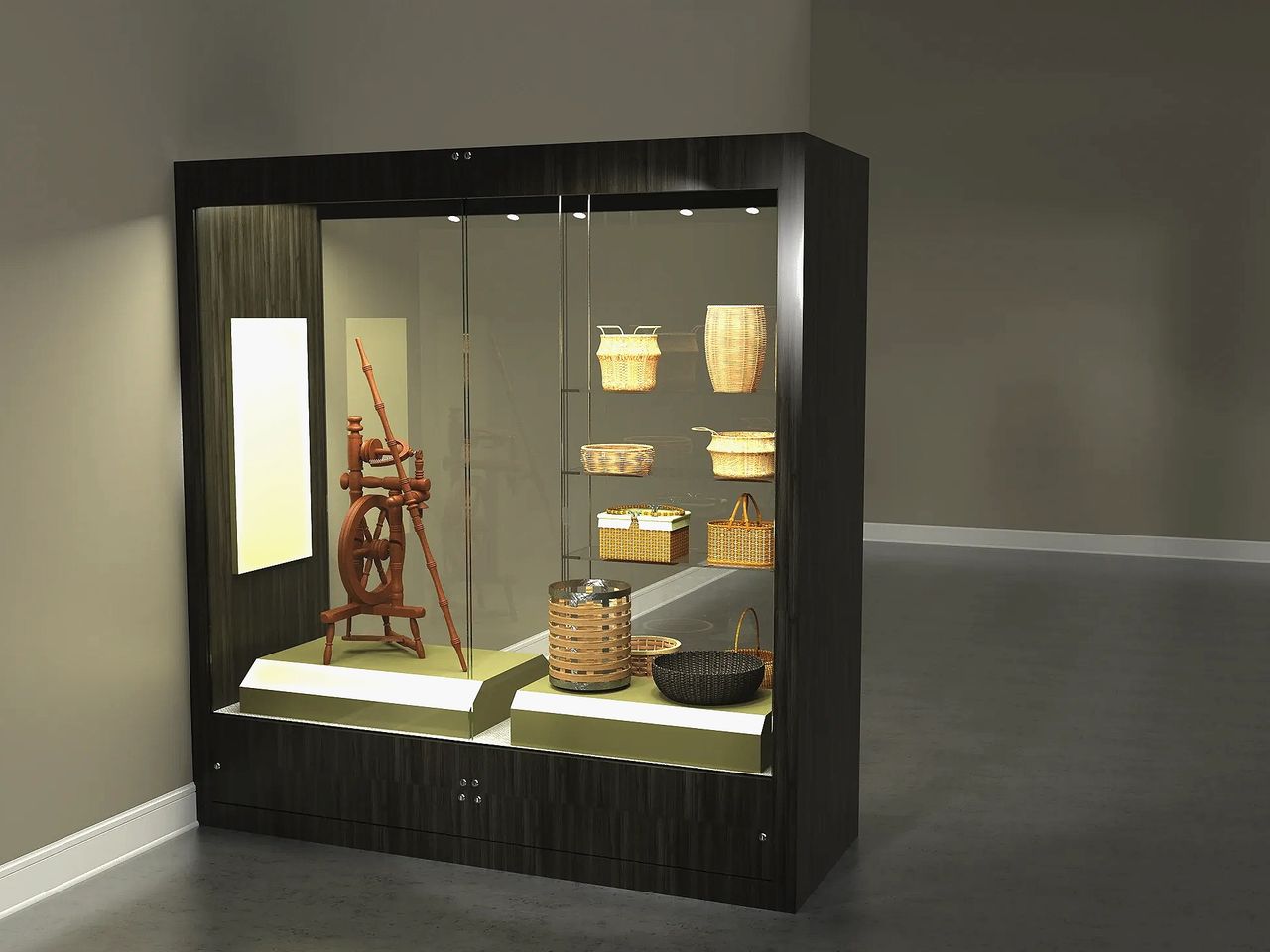In preserving cultural treasures and historical artifacts, museum cases are silent guardians, protecting invaluable exhibits while showcasing their beauty. The significance of these cases goes beyond mere aesthetics; their elegance plays a pivotal role in enhancing the overall museum experience. Let’s explore the benefits of incorporating elegant museum cases into your exhibition space.
1. Preservation and Protection
Museum cases are the first defense against environmental factors that can degrade artifacts over time. Elegant cases, crafted with precision and quality materials, provide a controlled environment that shields exhibits from dust, pollutants, and fluctuations in temperature and humidity. This meticulous protection ensures the longevity of artifacts, allowing future generations to marvel at their beauty.
2. Aesthetic Appeal
The visual allure of elegant museum cases is undeniable. They are not mere enclosures but art pieces in themselves, seamlessly blending into the museum’s ambiance while accentuating the displayed artifacts. The careful craftsmanship and attention to detail elevate the overall aesthetic, transforming the exhibition space into a captivating journey for visitors.
3. Enhanced Visibility
Elegance in museum cases goes hand in hand with thoughtful design. By opting for cases that prioritize clarity and minimal obstruction, museums can maximize the visibility of exhibits. This discreet design ensures visitors can fully appreciate each artifact’s intricate details and historical significance without distractions.
4. Customization for Varied Exhibits
The versatility of elegant museum cases lies in their ability to adapt to diverse exhibits. Whether showcasing delicate artworks, ancient manuscripts, or archaeological finds, these cases can be customized to meet the unique requirements of each artifact. This flexibility ensures that the museum’s collection is displayed in a manner that complements its individual character and historical context.
5. Security Reinforcement
Beyond their aesthetic and protective qualities, elegant museum cases are equipped with advanced security features. Cutting-edge locking mechanisms, tempered glass, and state-of-the-art surveillance systems deter potential threats, ensuring that artifacts remain safe and secure. This added layer of protection fosters a sense of trust among museum curators and visitors.
6. Curation and Storytelling
Elegance in museum cases is not just about form but also function. Thoughtfully designed cases contribute to the overall narrative of an exhibition. By strategically placing artifacts within these elegant enclosures, curators can guide visitors through a curated journey, telling a compelling story that resonates with each piece’s cultural and historical significance.
7. Interactive Possibilities
Innovative design approaches in museum cases allow for interactive displays. Incorporating touch-sensitive technology or augmented reality elements within these elegant cases adds a layer of engagement for visitors. This interactive aspect captivates audiences and deepens their understanding of the exhibited artifacts, creating a more immersive museum experience.
8. Flexibility in Layout Design
The adaptability of elegant museum cases extends to the layout and design of exhibition spaces. With modular and customizable options, museums can experiment with different layouts, creating dynamic and visually appealing displays. This flexibility enables curators to refresh exhibits regularly, keeping the museum’s offerings dynamic and enticing for repeat visitors.
9. Brand Image and Recognition
Investing in elegant museum cases is an investment in the museum’s brand image. The sophistication and attention to detail displayed in the cases reflect positively on the institution. This commitment to excellence enhances the museum’s reputation, attracting visitors and potential collaborators, donors, and sponsors who recognize the institution’s dedication to preserving and showcasing cultural heritage.
10. Sustainability and Durability
Elegance in museum cases does not compromise durability. High-quality materials and sustainable design practices ensure that these cases withstand the test of time. This commitment to sustainability aligns with the growing global focus on environmentally conscious practices, positioning museums as responsible custodians of both cultural heritage and the planet.

